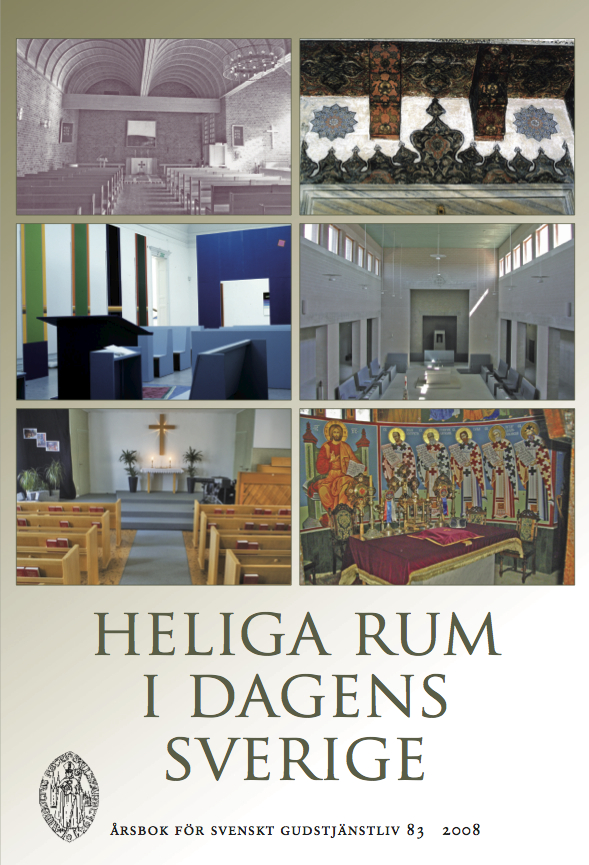Invigning av heliga rum i ortodox tradition
Abstract
The Consecration of Holy Spaces in Orthodox Tradition
A place to love, or as professor Yi-Fu Tuan abundantly said, Topophilia, could characterize what we intend to achieve when we consecrate churches. The devotion and the burial of relics in the Altar together with the Baptism and the Chrismation of the Altar comprise the order of Consecration since the 15th century in Orthodox Tradition.
Today we have two main traditions among the Eastern Orthodox churches: Greek-Orthodox tradition and Russian-Orthodox tradition. The previous one begins with the deposition of the relics in the Altar, but in the latter tradition it ends with a solemn deposition just before the beginning of the Eucharist. The Greek tradition was a consequence of a revision between 1638 and 1862.
The Order of Consecration could be divided into six parts in the older Russian tradition; first we have the preparation and the laying of the cornerstone; secondly there is the building of the Altar, symbolising the Crucifixion; thirdly we have the Baptism, thereby we re-enact our relationship with God, and there the Altar becomes the symbol of the re-established dialogue; fourthly there is the Chrismation as a sign of the Unity of the Church as well as a precursor of the Resurrection of Christ symbolised by the deposition of the relics, in the last part of the consecration, through a service similar to the paschal vigil. After the consecration there is a celebration of the Eucharist, to be celebrated, according to strict order, in eight successive days, an octave.
In Sweden there is only one Eastern Orthodox church building that is built and consecrated according to Orthodox Tradition, but several Oriental Orthodox. Today most of the Eucharistic services are done in a temporary location, possible because of the so-called Antimension, a cloth that contains the necessary relics for the Eucharistic celebration. In the same way we have the so-called Thablitho in Syriac Orthodox tradition, and the Tabot in Ethiopian Orthodox tradition.
To conclude: The consecrated churches becomes in Orthodox Tradition, embassies of the Coming Kingdom, and a reminder of the renewal of the whole world through the second coming of Christ. The Church is built upon the confessions of the Martyrs, as a first fruit of this Kingdom, but also in a very basic meaning through the consecration of the Altar as a witness of these confessions, thereby becoming a place to love, topophilia.
Downloads
Published
Issue
Section
License
© the authors, Laurentius Petri Sällskapet för Svenskt Gudstjänstliv and Artos & Norma Bokförlag. Copying and using material from Svenskt Gudstjänstliv for scholarly purposes is permitted as long as the source is indicated. For other uses, please contact the respective author as well as the publisher. Special restrictions may apply to images.


